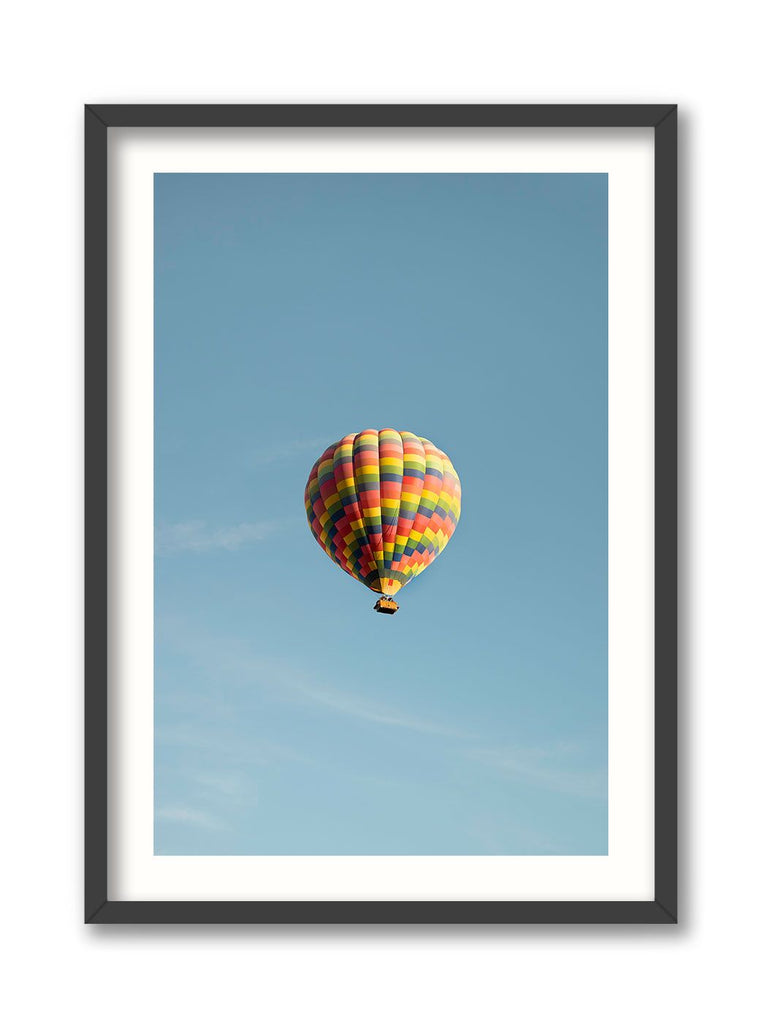Behind the Shot
The first untethered manned hot-air balloon flight took place on November 21, 1783, in Paris, France. Jean-François Pilâtre de Rozier and François Laurent d'Arlandes took flight in the lighter-than-air aircraft built by the Montgolfier brothers, paper makers who dabbled in aeronautics. The 25-minute flight rose 3,000 feet above Paris and flew about 5.5 miles. The flight could have lasted longer, but burning embers scorched the balloon fabric and the balloon began to catch fire.
Today’s modern hot-air balloons owe their design and operation to American inventor Ed Yost. Considered the father of the modern-day hot-air balloon, Yost worked in the aerospace industry before starting his own company, Raven Industries, in 1956. He was fascinated with manned hot-air ballooning. Unlike past hot-air balloons which were inflated on land with hydrogen and later helium, Yost’s design recognized that propane could heat the air inside an open-bottom balloon, and through reheating, would work without the need for any additional gas other than the air in the sky.
The first tethered flight of the modern design occurred in October 1955. By late 1960, the design was perfected, and he was able to fly for over an hour and a half over Bruning, Nebraska.
Alex and several friends had the opportunity to take a hot-air balloon flight in Southern California. “My buddies were going to skydive out of the balloon, but the wind was too strong for them for the jump. We went up in the balloon anyhow.”











